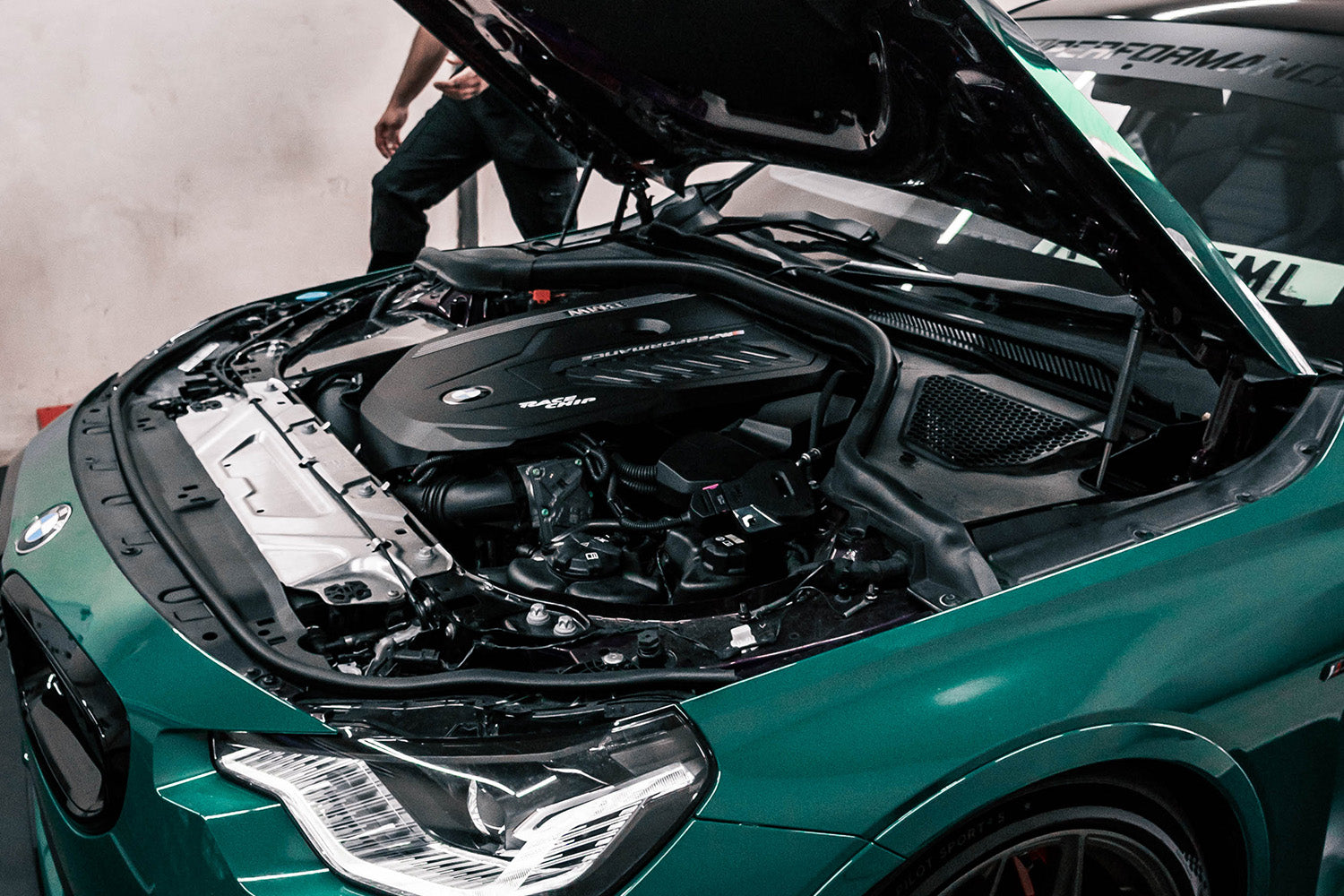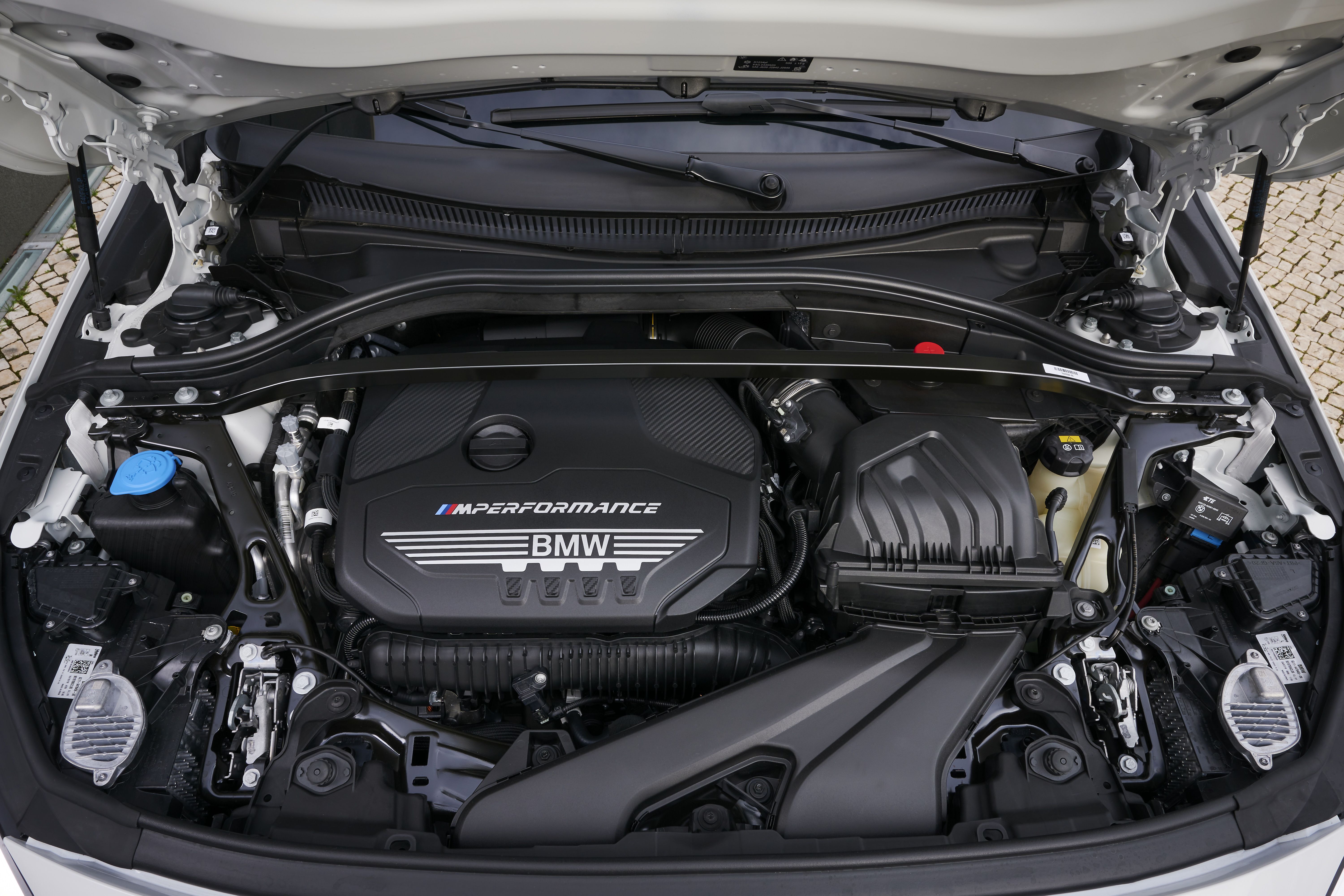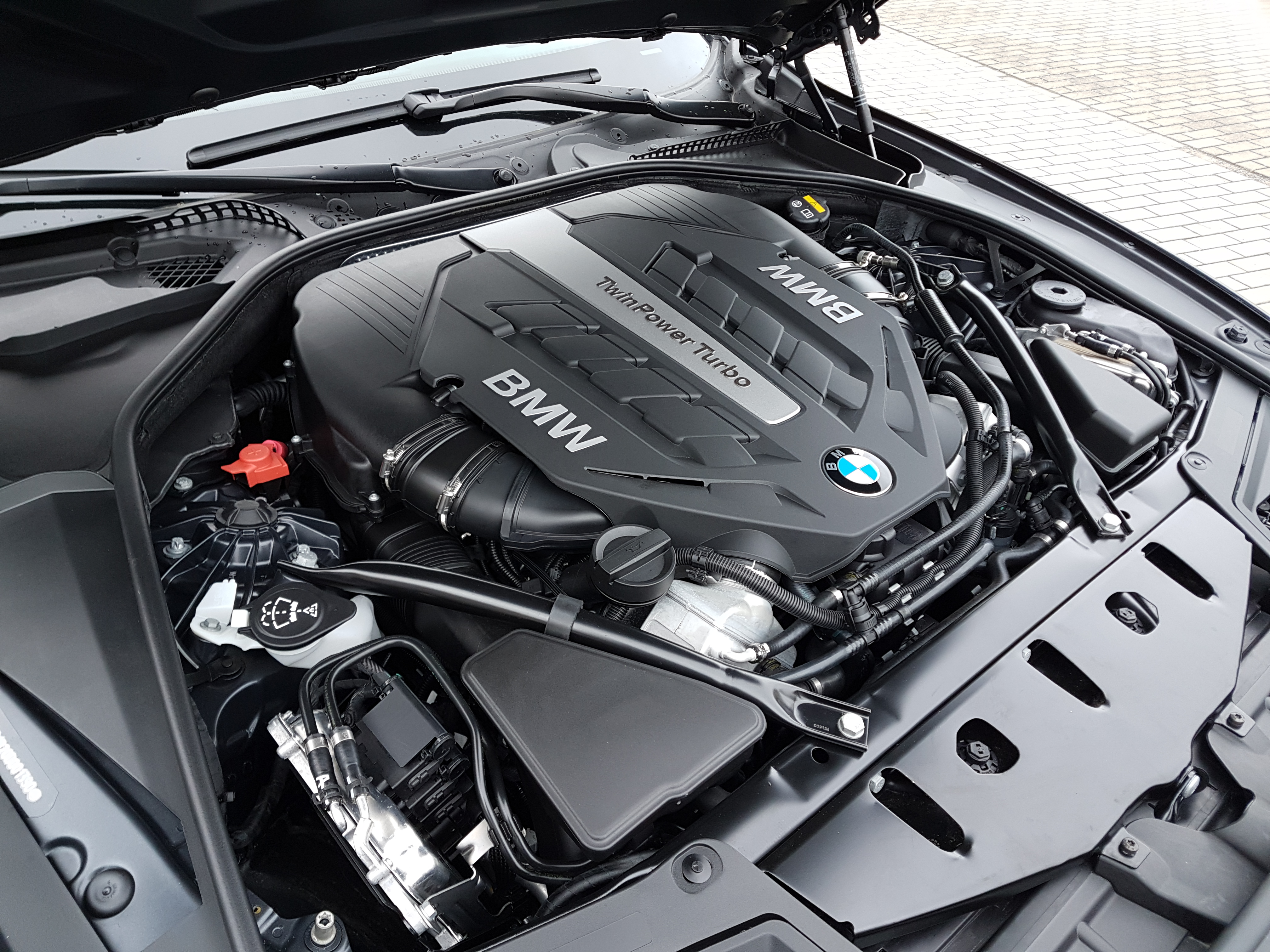Exactly how to Keep Your BMW Engine for Optimal Efficiency and Durability
Exactly how to Keep Your BMW Engine for Optimal Efficiency and Durability
Blog Article
Unveiling the Intricacies of Next-Generation Power Units: a Deep Dive Into Advanced Engine Advancements and styles
As we stand on the precipice of a new era in transportation, the details of next-generation engine layouts beckon us to explore the advanced modern technologies and technologies that guarantee to redefine the driving experience. Digging much deeper right into the realms of discharge control, smart engine management systems, and the horizon of power system development, we find ourselves on the cusp of a transformation that guarantees to improve the landscape of mobility as we understand it.
Evolution of Engine Products

The shift towards progressed engine materials has likewise made it possible for engineers to design engines with greater power outcomes while preserving gas effectiveness requirements. For instance, the usage of light-weight products minimizes the general weight of the engine, leading to boosted fuel economic situation and lower exhausts. In addition, innovations in materials modern technology have permitted for much better thermal management within engines, resulting in boosted integrity and longevity.
Turbocharging and Supercharging Technologies
Exactly How do Turbocharging and Supercharging Technologies change engine efficiency and effectiveness in modern-day cars? Supercharging and turbocharging are innovations that significantly boost engine performance by increasing the amount of air consumption right into the combustion chamber. Turbocharging accomplishes this by using a wind turbine driven by exhaust gases to pressurize the consumption air, while turbo charging makes use of a belt- or chain-driven compressor to accomplish the very same result.
These modern technologies allow smaller, more fuel-efficient engines to generate power equivalent to bigger ones, known as downsizing. By compeling even more air into the cyndrical tubes, turbocharging and turbo charging improve burning performance, leading to raised horsepower and torque result without a substantial boost in engine dimension. This brings about much better acceleration, pulling ability, and total driving efficiency.
Moreover, supercharging and turbocharging add to enhanced fuel efficiency by enabling the usage of smaller engines that consume less gas under regular driving problems - bmw engine. This combination of improved performance and effectiveness has actually made turbocharging and turbo charging essential parts of numerous modern-day engine designs
Emission Control and Environmental Effect
With boosting international problems pertaining to air quality and ecological sustainability, the application of exhaust control technologies in automobiles plays a vital duty in decreasing unsafe pollutants launched into the ambience. Modern cars are geared up with advanced exhaust control systems that aid lessen the environmental influence of auto procedures. Catalytic converters, for instance, are developed to transform hazardous gases such as carbon monoxide gas, nitrogen oxides, and hydrocarbons into less harmful substances like carbon dioxide and water vapor.
Additionally, advancements in engine technology, such as the combination of exhaust gas recirculation systems and selective catalytic decrease, have considerably added to reducing emissions. These modern technologies function in tandem to optimize burning efficiency and reduce the launch of harmful contaminants right into the air. Additionally, the development of crossbreed and electric lorries stands for an essential step in the direction of reducing the overall environmental footprint of the transport industry.
Intelligent Engine Management Equipment

In addition, these systems enable lorries to satisfy strict emissions requirements without endangering efficiency, giving a more ecologically friendly driving experience. The integration of man-made intelligence and device discovering capacities in engine management systems proceeds to press the borders of what is possible, causing additional enhancements in performance, dependability, and general car efficiency. bmw engine. As automotive innovation advancements, smart engine management systems will certainly play a crucial find more information duty in forming the future of transportation in the direction of a more sustainable and effective direction
Future Trends in Power Unit Development
As smart engine monitoring systems lead the means for boosted control and optimization in modern-day automobiles, future fads in power device development are positioned to redefine the landscape of auto propulsion modern technologies. Among the crucial patterns driving development in power system development is the shift in this contact form the direction of electrification. With an enhancing emphasis on sustainability and lowering carbon exhausts, crossbreed and electrical powertrains are ending up being much more common in the vehicle sector. These alternate power resources use enhanced efficiency and efficiency while straightening with stringent ecological laws.
One more substantial trend is the integration of advanced products and making methods. Light-weight materials such as carbon fiber and light weight aluminum are being utilized to lower total vehicle weight, improving fuel effectiveness and efficiency. Furthermore, innovations in 3D printing and additive production are enabling the manufacturing of complex engine parts with higher accuracy and longevity.
Additionally, artificial intelligence and equipment knowing are playing a critical function in enhancing power system efficiency. These innovations enable real-time monitoring and flexible control, bring about more dependable and efficient power distribution. On the whole, future fads in power system advancement are geared in the direction of performance, effectiveness, and sustainability, driving the auto market in the direction of a new era of propulsion innovations.

Verdict
In conclusion, the innovations in engine products, turbocharging, discharge control, and intelligent administration systems have paved the method for next-generation power units. The complex layouts and innovations in modern-day engines showcase the continuous advancement of vehicle technology.
Checking out the progressive innovations in engine products has been crucial in improving the efficiency and effectiveness of modern-day look at this web-site engines. Over the years, the evolution of engine materials has actually played an essential duty in pressing the boundaries of what engines can accomplish.The change in the direction of advanced engine products has also allowed designers to create engines with higher power results while maintaining gas efficiency requirements.The implementation of intelligent engine monitoring systems in modern lorries has actually reinvented the means engines are regulated and maximized for performance and efficiency. By gathering data in real-time and assessing it with advanced formulas, smart engine monitoring systems can adjust to driving styles, ecological factors, and engine wellness to make the most of power result while reducing gas consumption and exhausts.
Report this page